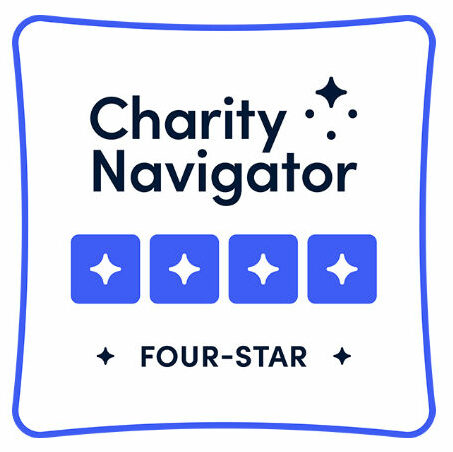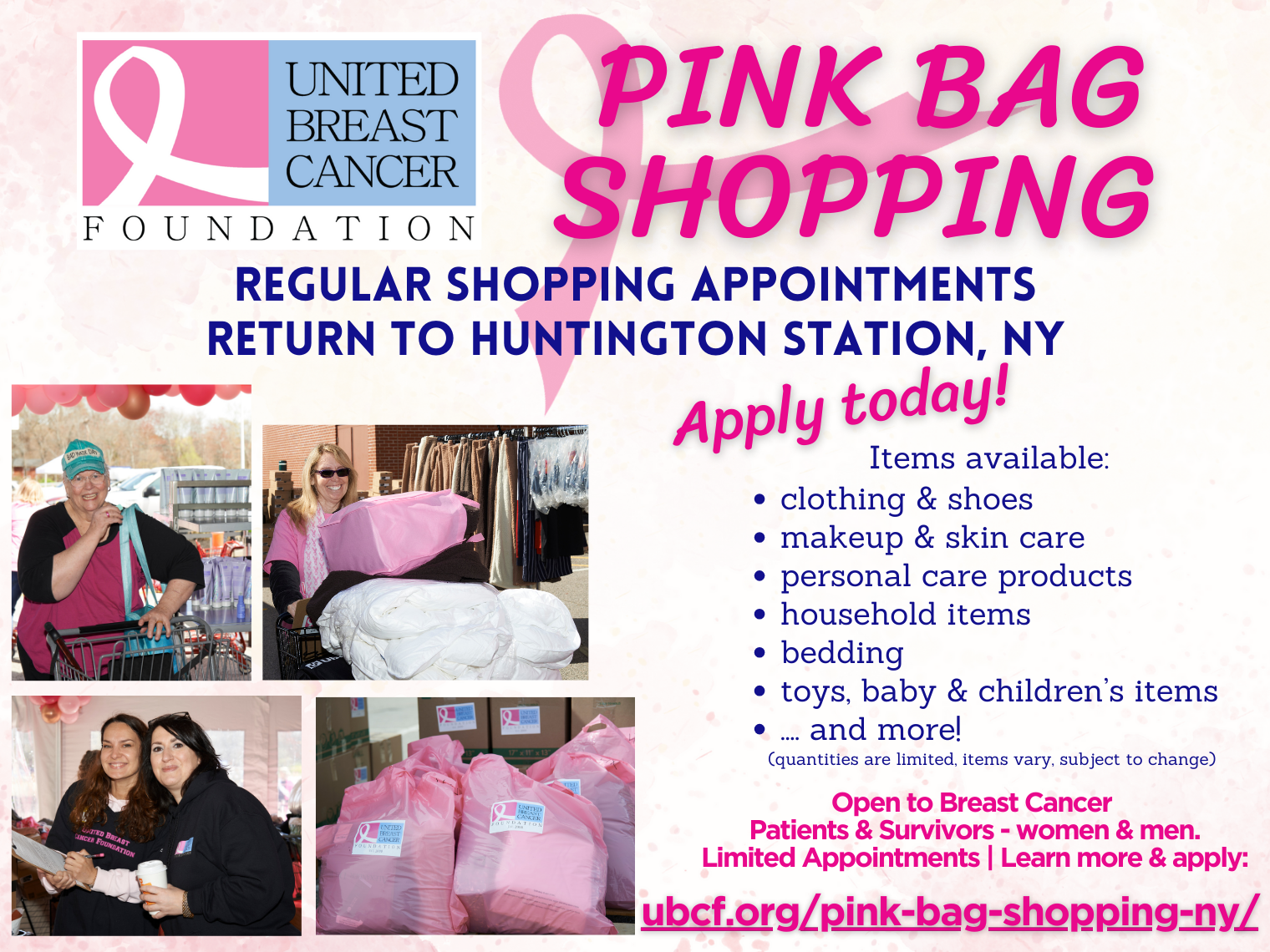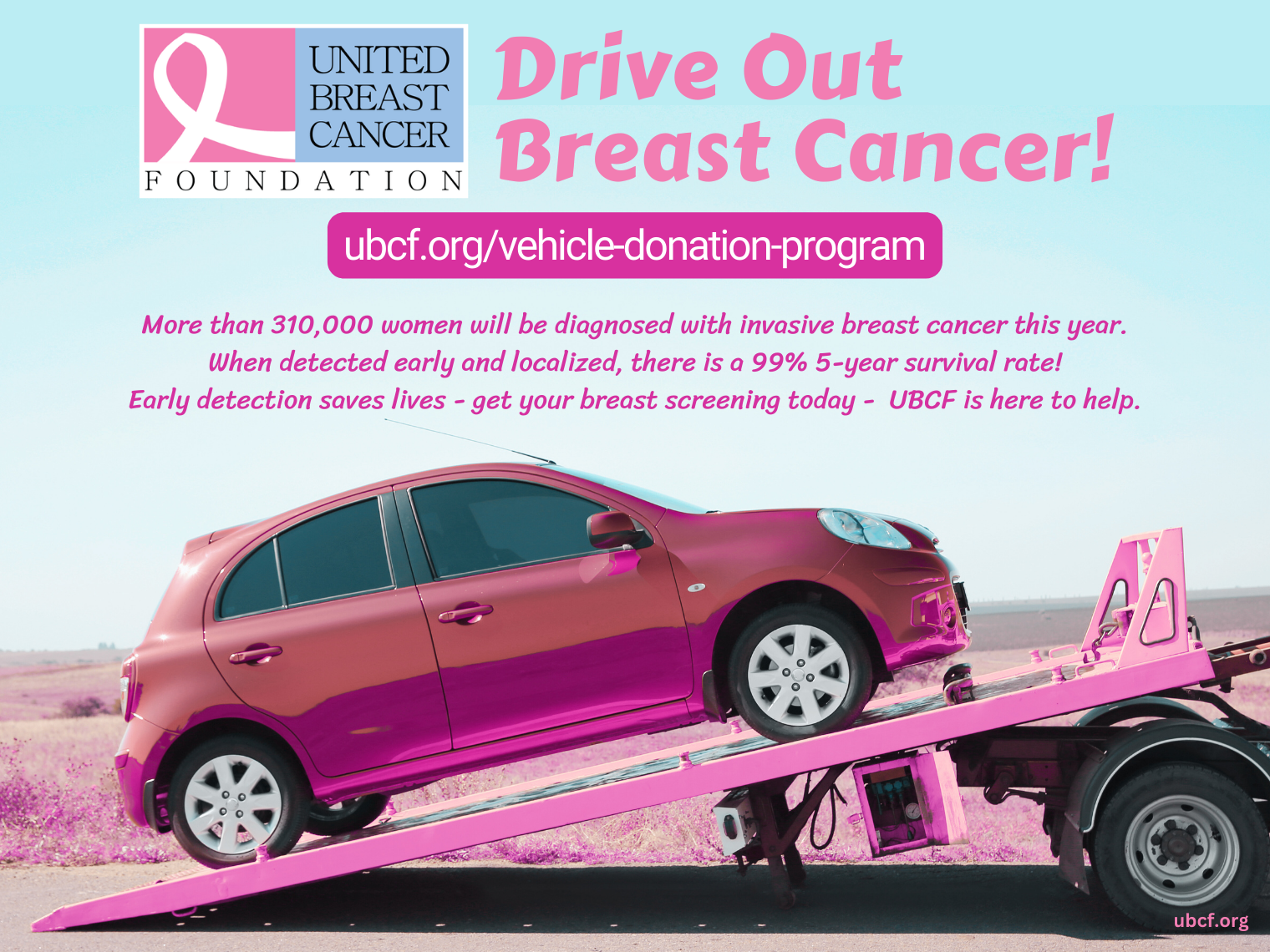There are many new pharmaceutical methods of treating and preventing breast cancer; this article will briefly go over Kadcyla and Herceptin, two important anti-cancer drugs.
When discussing breast cancer, it is hard to avoid mentioning HER2, a protein that plays a huge role in the development of cancer. Because of the strong connection between HER2 and cancer growth, treatments have been developed to target this specific pathway in an attempt to hinder the growth of HER2 positive breast cancer.
Before we begin discussing these treatments, let us first go over the relationship between HER2 and breast cancer. HER2 is a protein receptor, that aids in the growth and proliferation of cells. If HER2 is overexpressed, it leads to an excess in cell growth, and can lead to the development of cancer1. “HER2-positive” breast cancer is therefore any breast cancer that has an overexpression of HER2 leading to the growth of cancerous cells. This type of cancer makes up a significant portion of all diagnosed breast cancer: 30% of women with breast cancer are HER2 positive1.
In 2012 the FDA approved a targeted therapy called Trastuzumab, otherwise known as Herceptin2. Herceptin is an antibody that works by binding to HER2 with high specificity. By binding to HER2, Herceptin is able to block the receptor, and takes the place of the growth factors that would normally bind to HER24. Simply put, this drug controls the cancerous cells, preventing them from growing too much. Herceptin has been shown to significantly decrease the chance of breast cancer reoccurrence after surgery, especially when combined with chemotherapy and other treatment modalities2,3.
Despite the remarkable specificity of Herceptin in its ability to target the HER2 receptor, some patients relapsed due to Herceptin’s inability to target and kill certain stem cell populations5. To meet this challenge a new drug called Kadcyla was developed that incorporated the chemotherapeutic agent DM1 with Herceptin to create a drug-enhanced antibody, that was more effective at stopping cancer. In plain English, Kadcyla is an improved version of Herceptin, and can target cells that Herceptin cannot. In clinical trials, patients receiving Kadcyla faced a 32% decreased mortality rate3.
Kadcyla and Herceptin are both being used today to decrease the chance of relapse after surgery. Despite their relative success, these drugs come with the possibility of serious side effects. Both drugs have been shown to sometimes lead to liver and heart complications, which usually subsides after being taken off the treatment3. It is also recommended that birth control be used during treatment to avoid complications during pregnancy. You can learn more about the side effects involved with these treatments here.
Herceptin and Kadcyla are both prime examples of an emerging field of cancer treatment known as targeted therapy. Discussed in previous blog posts, targeted therapy represents a promising field of research that contributes greatly to the decline in mortality of many cancers in the last ten years. As always, UBCF recommends you keep an eye out for new advances in breast cancer treatment and technology and to stay educated on this constantly evolving field of research.
References
- Mitri, Zahi, Tina Constantine, and Ruth O’Regan. “The HER2 receptor in breast cancer: pathophysiology, clinical use, and new advances in therapy.”Chemotherapy research and practice 2012 (2012).
- DiGiulio, Sarah. “FDA approves Kadcyla (T-DM1) for late-stage breast cancer.”Oncology Times (2013).
- Diessner, J., et al. “Targeting of preexisting and induced breast cancer stem cells with trastuzumab and trastuzumab emtansine (T-DM1).” Cell death & disease 5.3 (2014): e1149.
- Dahabreh IJ, Linardou H, Siannis F, Fountzilas G, Murray S. Trastuzumab in the adjuvant treatment of early-stage breast cancer: a systematic review and meta-analysis of randomized controlled trials. Oncologist. 13(6):620-30, 2008.
- Perez EA, Romond EH, Suman VJ, et al. Four-year follow-up of trastuzumab plus adjuvant chemotherapy for operable human epidermal growth factor receptor 2-positive breast cancer: joint analysis of data from NCCTG N9831 and NSABP B-31. J Clin Oncol. 29(25):3366-73, 2011.








